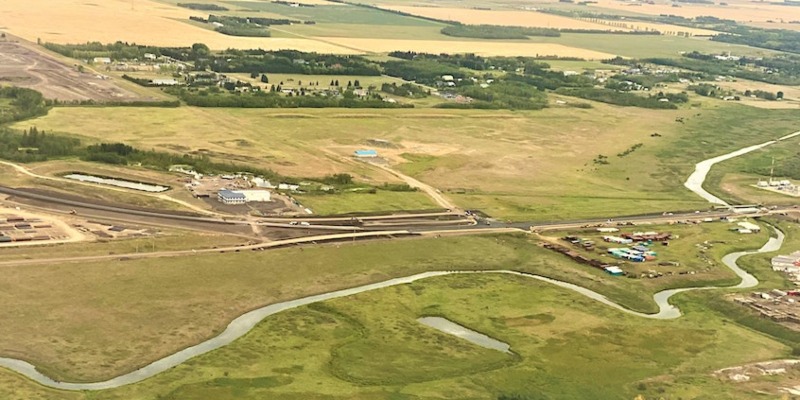
Workshop on Landscape Connectivity Assessment
DATE:May 16, 2023
TIME:10:00 AM -
12:00 PM (MDT)
LOCATION: Online
Structural Landscape Connectivity Assessment for Biodiversity and Land Management
We held an end-user workshop to learn about a collaborative NSERC Alliance project (2023-2025) between the University of Toronto and ABMI. The project aims to facilitate structural landscape connectivity assessment and its implementation in land management. This workshop was opportunity to provide input early on to ensure that the outcomes of the project will serve the needs of end-users.
This event was entirely online on May 16, 2023. The event included breakout rooms to discuss the following topics:
- How can connectivity scenario modeling help your overall land management planning processes?
- What connectivity tools/deliverables would be meaningful for you?
- What training do you need to use the tools/ deliverables (e.g., handout, video, vignette)?
- What are the other obstacles to using the tools/deliverables?
If you attended the event, or were unable to but are interested in providing input to the project, a short survey is available here.
Background:
To support the sustainable development of Alberta, municipal land management should incorporate connectivity planning to facilitate the movement of organisms across the landscape (ecological flow). On the one hand, this may mean delineating a network of natural areas; on the other hand, facilitating the permeability of working landscapes to maintain ecological flow at a regional scale. Thus, municipal land management should consider the larger spatial context, e.g. by evaluating the impact of alternative land-use scenarios on regional-scale landscape connectivity.
It is important to understand that different approaches to connectivity assessment are complementary: (a) Species-at-risk management requires a detailed, species-specific approach based on habitat requirements and movement behaviour. (b) Maintaining landscape permeability for a broad range of species or biodiversity as a whole in a multifunctional landscape requires a coarse-filter approach that focuses on structural landscape connectivity based on the degree of naturalness.
The ABMI functions as a hub to connect the research team with collaborators and end users, and as a clearing house to make landscape connectivity data and learning materials available to the public.